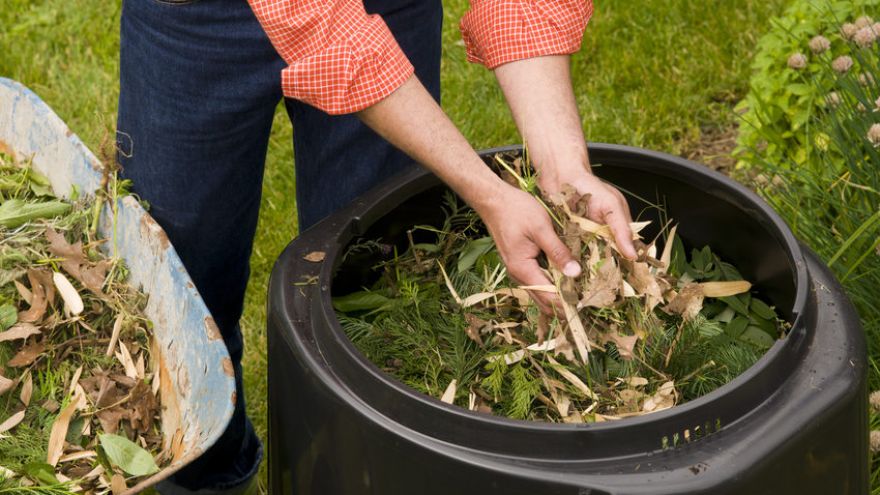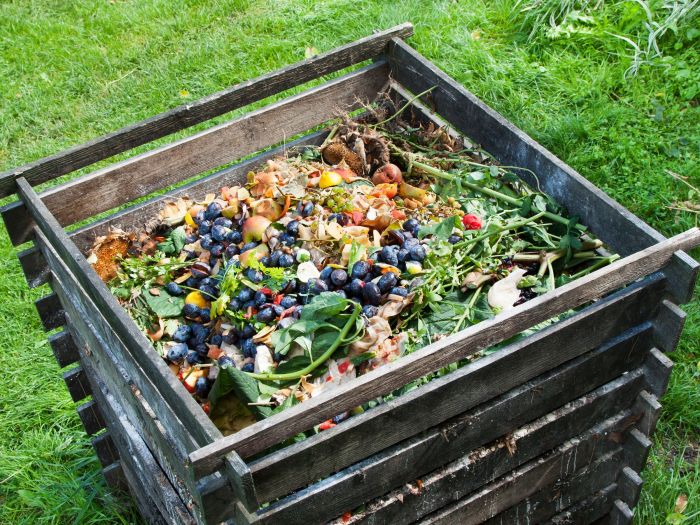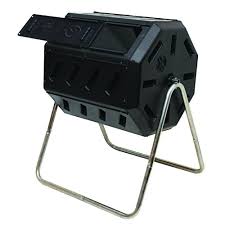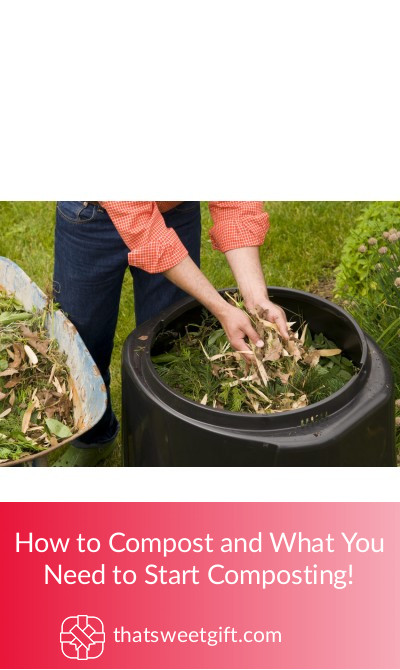How to Compost and What You Need to Start Composting!

Composting is one of the best ways you can recycle in your household. In fact, many countries around the world are encouraging homeowners to recycle their leftover food waste. With your own compost pile, you can maintain some of the most beautiful gardens.
Additionally, you’ll be giving back to the environment. With the help of this guide, you’ll know how to compost and what you need to get started!
The Types of Composting
Before you get started, it’s important to know the different types of composting. There are two different styles that most people choose between: hot or cold. Hot composting is for the more experienced gardeners, however, it’s far faster. You’ll be able to acquire a sufficient amount of compost in up to three months, barring any weather changes. With hot composting, there are four main ingredients: carbon, air, nitrogen, and water. When combined, microorganisms develop which speeds up the composting process.

On the other end of the spectrum, you have cold composting. This is the most common method because it’s also the most simple. Cold composting only requires you to use your organic materials and putting them in a bin or a pile. Over the year, the materials will begin to compost on their own.
What Can I Compost?
Now that you have an idea of the two main types of composting, it’s time to consider what you can put in your compost bin or pile. Once you get a hang of it, it’s simple enough, especially as it revolves primarily around food waste. It’s a great way to transform food you would usually just throw away into something reusable and beneficial.
The best materials for composting include:
- Dry leaves
- Eggshells
- Vegetable and fruit scraps
- Coffee grounds
- Grass clippings
- Shredded newspaper
- Sawdust (from untreated wood)
It’s also important to note that not all materials are beneficial. For example, some suggest that putting onion and garlic in compost can have negative effects. This is because it’s believed garlic and onion repel earthworms, which are an important component of the composting process.
What You Need to Start Composting
For the sake of this guide, we’ll delve into how you can make your own compost pile. It’s by far the easiest method, it requires the least amount of effort, and is the most cost-effective. Anyone in your family can do it, even your kids, which makes it a great family-friendly activity.

To make a compost pile, the first thing you need is a space on your property where you can store the materials. You’ll also want to consider having a garden hose as well as a rake. Green manure (or any source of nitrogen) is essential and you need to make sure you have some type of covering material. We recommend using carpet scraps, plastic sheets, or wood. Finally, a shovel or a pitchfork is ideal so you don’t turn the compost with your hands.
Making Your Own Compost Pile
By following these simple steps, you can start composting right away. In fact, as long as you have all of the items listed above, you can start right now!
✓ Step 1: Starting the Pile
The first thing you’re going to want to do is to make sure the area you have selected is bare earth. This is essential for giving earthworms the easiest access to the compost, as well as other beneficial organisms. You may have to cut a section of grass out of your garden.
After you’ve found and prepared the ideal location, using twigs, create a layer on top of the bare earth that is about 2 inches high. This process helps to make sure that your compost can aerate and that there’s a sufficient amount of drainage.
✓ Step 2: Adding the Materials
At this point, you’re ready to start building your pile. You’re going to want to make sure that you alternate between dry and moist ingredients. For example, adding a layer of wet ingredients such as tea bags and food scraps, and then adding a layer of dry, such as sawdust and leaves. One of the most important things to remember is that you want everything to be dispersed evenly. Clumps of materials won’t break down as quickly, which will hinder the progress of your compost.
✓ Step 3: Adding the Manure
Next, you’re going to want to use your green manure or any other nitrogen source. Sprinkle it into the compost pile as this will help to activate all of the ingredients together. Consistently feeding your compost pile with manure is essential to speeding up the process.
✓ Step 4: Maintaining Moisture
Over time, the scraps you have in your compost are going to dry out. This is especially true if you live in an area that isn’t prone to experiencing a lot of rain. This is where your garden hose is going to come into play. You’re not going to want to drench the pile, however, it should be sufficiently moistened on a regular basis.
✓ Step 5: Covering the Pile
Using any type of covering material, make sure that you cover the pile after you have wet all of the ingredients. By covering, you’re encouraging the healthy production of heat and additional moisture. Your cover will also help to prevent any over-watering as a result of rain or other weather events. As mentioned, the compost should be wet but not soaking wet.
✓ Step 6: Regularly Turn the Compost
On a weekly basis, you need to take time out of your day to make sure you’re turning the compost. With the help of a shovel or a pitchfork, stir all of the ingredients together. This process helps to improve the oxygen levels, which is also an essential component for composting. As you begin to add more and more items to the pile, mix them in, rather than add them in layers.
Final Thoughts
Composting can be an exciting activity as it helps you to make the most out of the scraps your household usually throws out. No matter if you then decide to sell the compost or use it for your own advantage, you’ll certainly be giving back to the environment.
Pin for later

